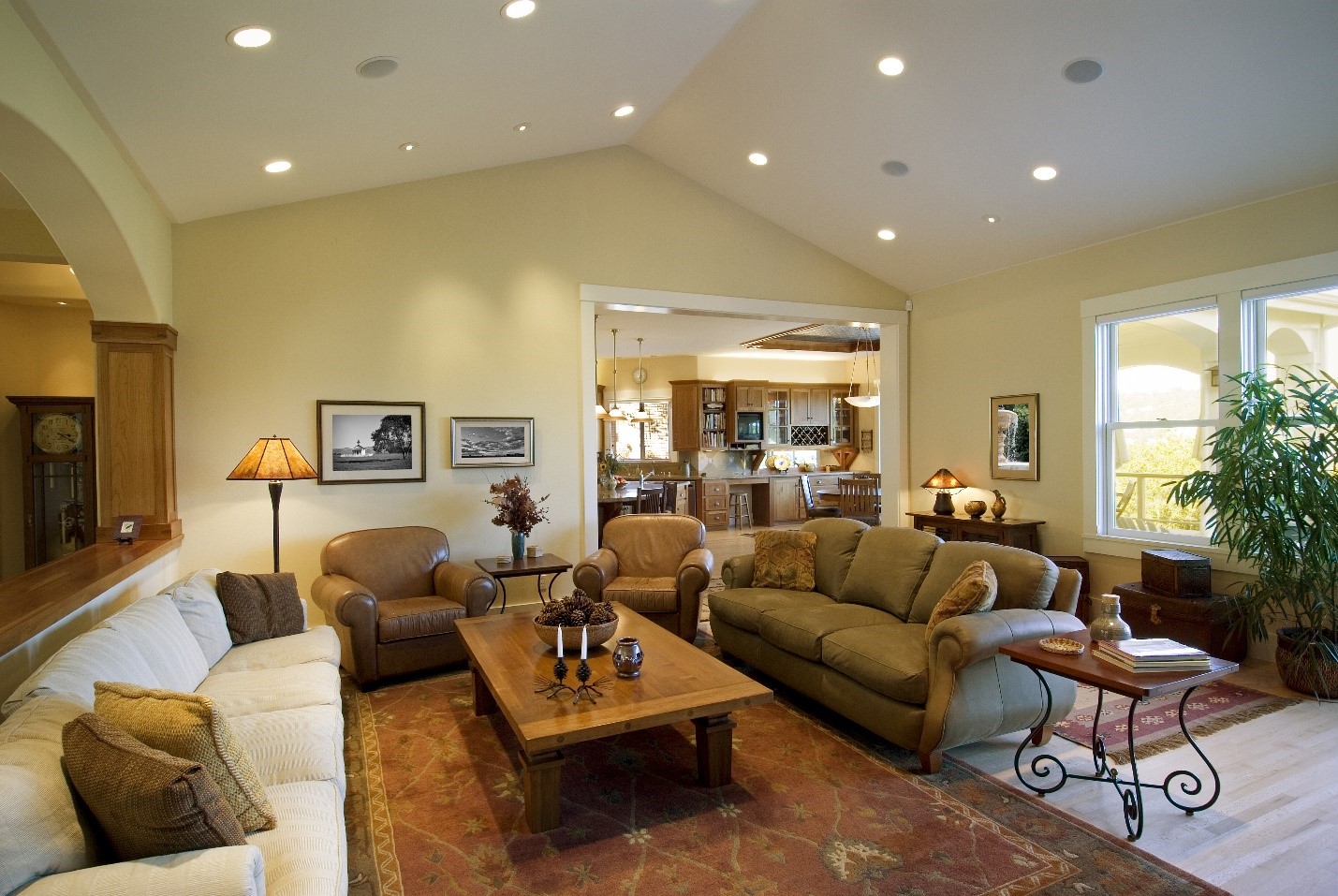
How Does a Whole Home Audio System Remain Invisible?
How Your Components Work Effectively Without Being Seen
Much of the fun of integrated technology comes from the fact that it can be useful without being seen. It’s true for your lighting fixtures, surveillance system and other gear you have around the house. It’s especially true of your whole home audio system. If you want to make your Delaware Valley home sound great without weighing down the interior design with bulky components, integrated audio is the perfect solution. But how does a system sound so good while remaining invisible? We’ll show you after the jump.
See Also: Which Speakers are Right for Your Whole Home Audio System?
What makes the system “invisible”?
An invisible system comes in all kinds of customizable shapes and sizes, from barely-there components that blend with your décor to speakers that are hidden completely behind a thin layer of drywall. They’re all connected to and controlled by a receiver hidden away in an unused basement or closet. You’re able to command it all with your smartphone, tablet or dedicated control device.
A speaker behind drywall? How does it sound?
Among the most popular choices for homeowners who prefer to preserve the look of their home is the completely invisible, in-wall speaker system. It’s capable of producing incredible sound because, while it’s embedded into the wall, it’s hidden behind a thin grate that allows the sound to pass through. The thin grate is then covered in a small amount of drywall to totally hide the component.
In fact, for most homeowners this is a perfectly good solution. Incredible sound without the gear. Any minor sound impedance is only noticeable when compared head-to-head with freestanding or recessed speakers.
So they don’t sound as good as open-air speakers?
While a dedicated audiophile may find a better sound quality in a one-on-one comparison, the important thing to remember is that not every solution fits every space. You can easily have invisible speakers in one room and recessed speakers in another, both working with optimal sound quality.
In fact, your audio experience is less about each individual speaker and more about how well they work together. If you walk through your dining room, you shouldn’t notice a difference in sound level or quality whether you’re standing directly under a speaker or a few feet away from it. Your system should be designed to evenly distribute the sound throughout a space.
If the speakers are in the wall, does that make the room shake?
No, because of the design of ingenious brackets used by many manufacturers. Brackets suspend the speaker in place so you never have to feel the unit working (unless, of course, it’s the distinctive kick of the subwoofer).
Brackets are usually made out of metal or plastic, and they fit to just about any size speaker and space. Install them in previously-made cut outs for other components like in-wall lighting fixtures and choose sizes that fit the speaker itself.
What about sound bleed?
If you’re worried about sound from the speakers leaking into conjoined rooms, you can rest assured that speaker cabinets are designed specifically to minimize that. Sound imaging occurs in front of the unit, not to the side or rear, so you get the best audio in the room you’re standing in, not the one next to it.
You’ve got the questions and we’ve got the answers. Contact us today for more information.



